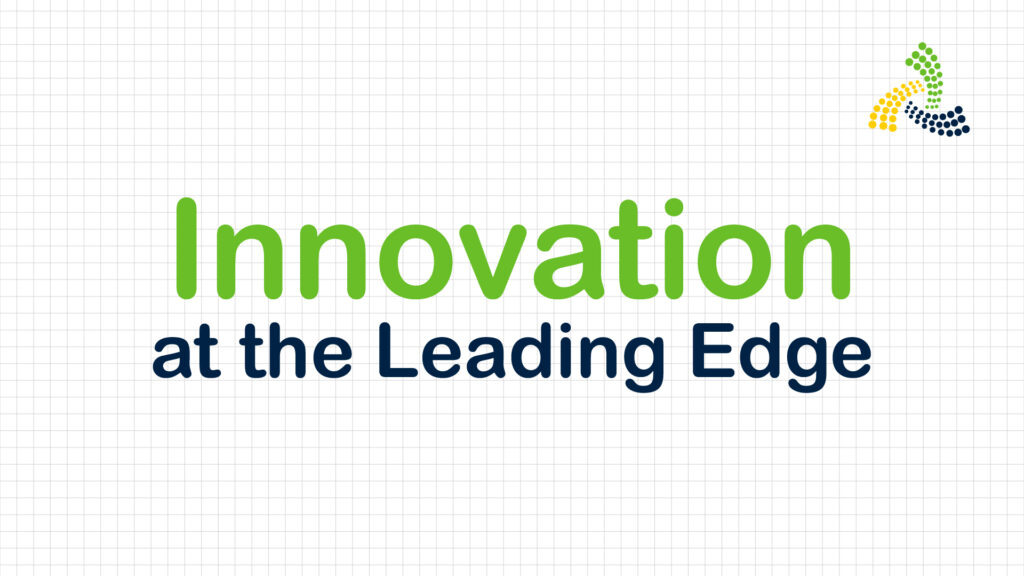
Innovation Hit Rate – Fiction and Reality
There are a large number of reports, journal articles, and books that reference information concerning the effectiveness of innovation projects. The conclusion of these references is that innovation is a difficult endeavor, with failure rates on the order of 80% being reported. I decided to investigate this information to determine how valid it is.
I started with Innovation Reports published annually by the large consulting firms; Boston Consulting Group, Deloitte, McKinsey, Accenture, and PwC. All of these reports agree that 70% to 80% of companies surveyed believe Innovation to be a top 3 strategic priority, and that 80% to 90% of business leaders in these companies are dissatisfied with their innovation performance. This seems to track with low innovation effectiveness. None of the reports documented an 80% failure rate.
I then turned to journal articles and book resources and found more nuanced information and some generic data. These sources decomposed innovation into four different classes.
- Continuous Improvement – improvements in the delivery of an existing solution without changing the solution architecture or components
- Incremental – improvements in solution performance caused by improving component performance within the standard solution architecture
- Sustaining – improvements in solution performance through the substitution and modularization of new components within the standard solution architecture
- Radical – development of new solutions with new solution architecture and new components
The generic data indicated typical success rates for each class of innovation project (defined as successfully delivering on project goals).
- Continuous Improvement = 70% success rate
- Incremental = 55% success rate
- Sustaining = 40% success rate
- Radical = 15% success rate
The overall success rate, considering all classes, is 60% (40% failure rate), not 20% (80% failure rate).
This generic data provides a better understanding of typical innovation project success rates and makes more sense than the overall 20% success rate (80% failure rate) commonly cited. It is consistent with project risk increasing as the projects increase in complexity. It also lends credence to the project frequency distribution that is typical in Innovation Funnels with more Continuous Improvement projects, a declining number of projects through the Incremental and Sustaining classes, to the least number of projects seeking Radical Innovation. Innovation success rates don’t appear to be as dismal as some would have us believe.
The definitions of the innovation project classes and success rates caused me to question whether Continuous Improvement projects should be considered as innovation projects. I decided to define innovation projects using a high standard.
True Innovation Projects are projects whose mission is to change the status quo in three micro-environments: (1) Market Context (2) Solution Context (3) Business Context.
- The Market Context status quo change is measured in the number of customers.
- The Solution Context status quo change is measured in sales volume.
- The Business Context status quo change is measure in business financial performance.
By these definitions, Continuous Improvement projects should not be considered as true Innovation Projects because they seek to change the Business Context status quo but do not typically target Market Context or Solution Context status quo changes.
When you remove the Continuous Improvement project data from the analysis, you arrive at a new overall success rate for true Innovation Projects of 40% (60% failure rate).
Consider this:
1. If an airline had a 40% success rate for arriving at its intended destination, would this be considered good enough?
2. If a medical treatment had a cure rate of 40%, would the Doctors and patients be satisfied?
3. Is there any field or endeavor where a 40% success rate is acceptable?
The most interesting information from the consulting firm’s reports came from the Boston Consulting Group. BCG discovered that 20% of the companies surveyed have a systemic innovating practice. These companies reported an overall success rate for Innovation Projects of 75%.
BCG also discovered that the 80% of companies that don’t have a system innovating practice report lower innovation success rates. They concluded that companies that don’t have a systemic innovating practice have a “Readiness Gap” that is a significant detriment to their overall innovation success rates.
My analysis and the BCG information allows us to conclude that having a systemic innovating practice can increase the success rate for true Innovation Projects by up to ~2X (40% up to 75%). Contact us if you want to double your innovation hit rate.
🌱
Success rates are low
Systemic practice matters
Double the hit rate
– haiku, Kevin A Fee, Dec 4, 2023
